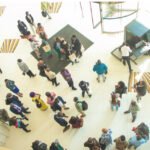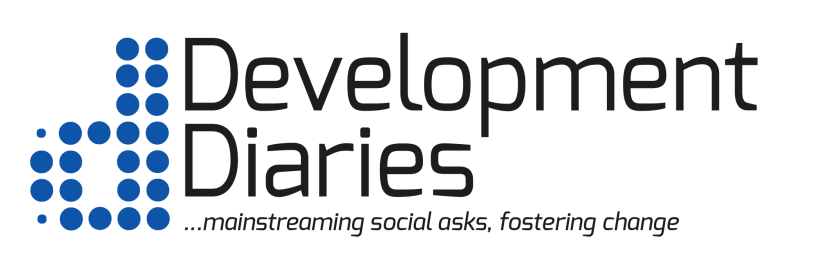After an initial NAD70 million investment, the World Health Organisation (WHO) aims to mobilise additional resources to further boost Namibia’s Covid-19 response.
The additional resources, according to the global health body, will also allow the WHO to strengthen the capacity of laboratory services, ensuring continuation of essential health services in the country.
The WHO’s move is in line with the United Nations (UN) Sustainable Development Goals (SDGs) three, which advocates for universal good health and well-being of all.
‘Ensure healthy lives and promote well-being for all at all ages’, SDG three reads.
Speaking at a ceremony where a Namibian visual artist, Hage Mukwendje, handed over a special painting to the WHO, the WHO Representative for Namibia, Dr Charles Sagoe-Moses, urged artists to use their form of art to promote vaccination against Covid-19.
The painting, named ‘My Future Matters’, was created in nine minutes and done as part of the WHO workforce LEAD Innovation Challenge Grand Finale event.
My Future Matters tells the story of a young girl living in the slums in Windhoek, Namibia, covering her mouth and nose with a leaf to protect herself from the Covid-19 virus.
‘In this poignant piece of art, Hage not only illustrates the importance of us protecting the environment but that our environment is our protector. Earth is our home and she will keep us and future generations if we steward her well’, Sagoe-Moses said.
According to the global health body, only 27.2 percent of Namibians are fully inoculated against Covid-19.
Namibia was also among the 42 African countries that missed the global goal of vaccinating the most vulnerable ten percent of their population against Covid-19 by the end of September 2021.
Africa, according to the WHO, faces a U.S.$1.3 billion shortfall for operational costs, including cold-chain logistics, travel costs and payment for vaccinators and supervisors, as well as a looming shortage of syringes and other crucial commodities.
Source: WHO
Photo source: WHO Namibia





